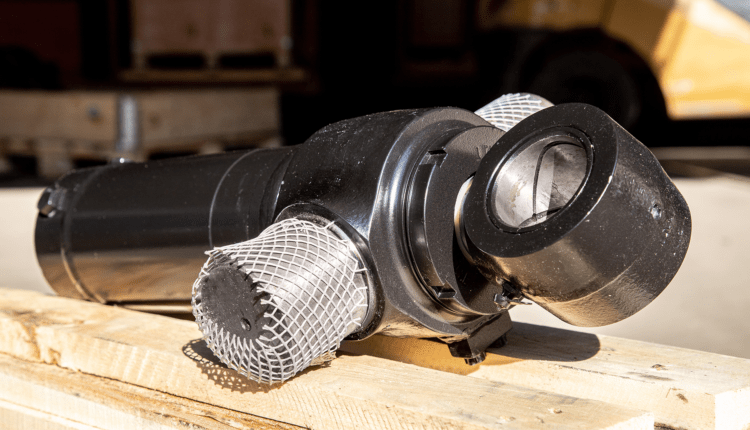This is one of the simplest types of engines to design, manufacture and use. The operation of these devices is to receive and transfer mechanical energy, which is generated under the influence of pressure on the liquid inside the working volume of the device. Energy is transferred through the retractable stem.
The first known telescopic hydraulic cylinder was patented by the inventor Joseph Brama back in the century before last. Since then, only the materials from which the devices are made have changed significantly, as well as the working fluids have improved. The principles by which hydraulic cylinders work remain the same. One of the most famous examples of such a device is the modern car jack.
The basis of the operation of such an engine is the movement of the piston along a certain trajectory, the pressure on the working fluid, and the transfer of the received energy to the lever of the mechanism. The liquid used for this is characterized by a minimum degree of compression, which makes it possible to increase the power of the transmitted mechanical energy.
Hydraulic cylinders are divided into two types – single-acting and double-acting. In one-sided piston in the process of translational movement builds up pressure in one direction, in double-sided – in both directions. The return of the piston in the first case is carried out forcibly, in the second – independently.
According to the type of action, the devices are divided into rotary, telescopic and piston. They are used for the production of construction and lifting equipment, transport vehicles, hydraulic presses, special equipment, machine tools (forging, metal-cutting, pressing). Due to the simplicity of design and extraordinary reliability, this type of engine is used even in aviation and astronautics.
